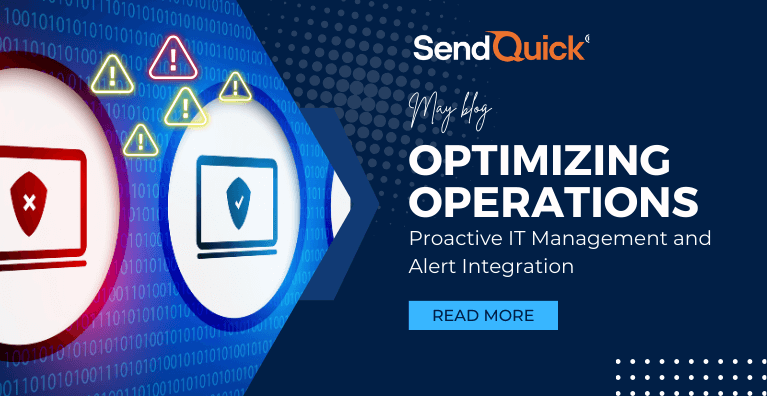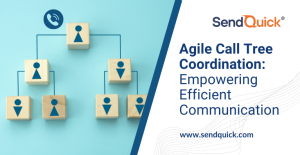Enterprises are perpetually in pursuit of methods to enhance operational efficiency. A pivotal aspect of this endeavor lies in proactive IT management complemented by seamless IT alert integration. By preemptively addressing potential issues and seamlessly incorporating alerts into current systems, companies can mitigate downtime, amplify productivity, and maintain a seamless operational continuum.
The Benefits of Proactivity
Proactive IT management involves identifying and addressing potential issues before they escalate into major problems. This approach shifts the focus from reactive troubleshooting to preventive measures, ultimately saving time, resources, and frustration.
Here are some key strategies for proactive IT management:
Continuous Monitoring: Implementing robust monitoring systems allows IT teams to keep a close eye on network performance, server health, and application behaviour in real-time. By monitoring key metrics, such as CPU usage, memory consumption, and network traffic, anomalies can be detected early on, enabling prompt intervention.
Predictive Analysis: Leveraging data analytics and machine learning algorithms, organizations can forecast potential issues based on historical data patterns. Predictive analysis helps identify trends, anticipate future problems, and proactively implement preventive measures to mitigate risks.
Regular Maintenance: Scheduled maintenance activities, such as software updates, security patches, and hardware inspections, play a vital role in keeping IT infrastructure running smoothly. By adhering to a proactive maintenance schedule, organizations can address vulnerabilities and performance issues before they impact operations.
The Role of IT Alert Integration
While proactive measures are essential, it is equally crucial to have effective IT alerting mechanisms in place to promptly notify IT teams of potential issues or anomalies. Alert integration involves seamlessly incorporating alerts from various sources, such as monitoring tools, security systems, and performance metrics, into a centralized platform for efficient management.
Here is how alert integration enhances operational efficiency:
Centralized Dashboard: A centralized alert dashboard provides IT teams with a unified view of all incoming alerts, allowing them to prioritize and respond to issues based on their severity and impact. By consolidating alerts from multiple sources, organizations can streamline the monitoring process and avoid alert fatigue.
Automated Remediation: Integration with automation tools enables organizations to automate routine tasks and remediation processes in response to alerts. For instance, automated scripts can restart services, apply patches, or scale resources dynamically, reducing manual intervention and minimizing downtime.
Customizable Notification Channels: Alert integration platforms offer flexibility in configuring notification channels based on the preferences of IT teams. Whether it is email alerts, SMS notifications, omnichannel social messengers or integration with collaboration tools like Slack or Microsoft Teams, organizations can ensure that critical alerts reach the right personnel in a timely manner.
Best Practices for Implementation
To harness the full potential of proactive IT management and alert integration, organizations should adhere to the following best practices:
Define Clear Alerting Policies: Establish clear guidelines for alert thresholds, escalation procedures, and response SLAs to ensure consistent and effective alert management.
Regular Training and Skill Development: Provide ongoing training to IT teams on proactive monitoring techniques, alert handling procedures, and utilization of alert integration tools to enhance their skills and proficiency.
Continuous Improvement: Regularly review and refine proactive IT management processes based on feedback, performance metrics, and evolving business requirements to stay ahead of emerging challenges.
In conclusion, optimizing operations through proactive IT management and alert integration is not just a strategy; it is a necessity today. By adopting a proactive mindset, leveraging advanced monitoring tools, and integrating alerts seamlessly, organizations can bolster their resilience, enhance productivity, and deliver superior user experiences in an increasingly competitive environment.
Find out more about SendQuick’s IT Alerts and Notifications solutions, as well as our full suite of enterprise mobility messaging solutions at our website https://www.sendquick.com/contact-us/ or contact a SendQuick expert via: info@sendquick.com






